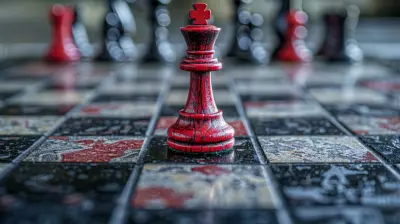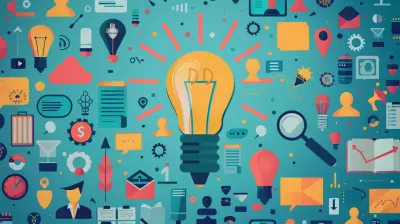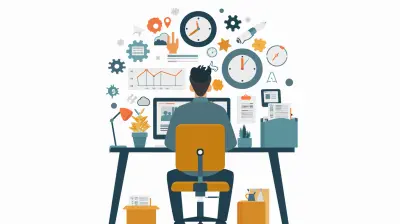Is Your Business Ready for a Circular Economy?
10 June 2025
Let’s get real for a second – the way traditional businesses operate? It's getting outdated fast. Picture this: we dig stuff up, use it for a hot minute, toss it out, and start the whole process again. Sounds inefficient, right? That’s the linear economy – take, make, waste. Now, enter the circular economy – the smart, sustainable upgrade every future-forward business should be eyeing.
But here's the million-dollar question: Is your business ready for a circular economy? It’s not just another buzzword. It’s a radical shift with real consequences if you’re not on board. Stick around – we’re about to break this down in the simplest way possible.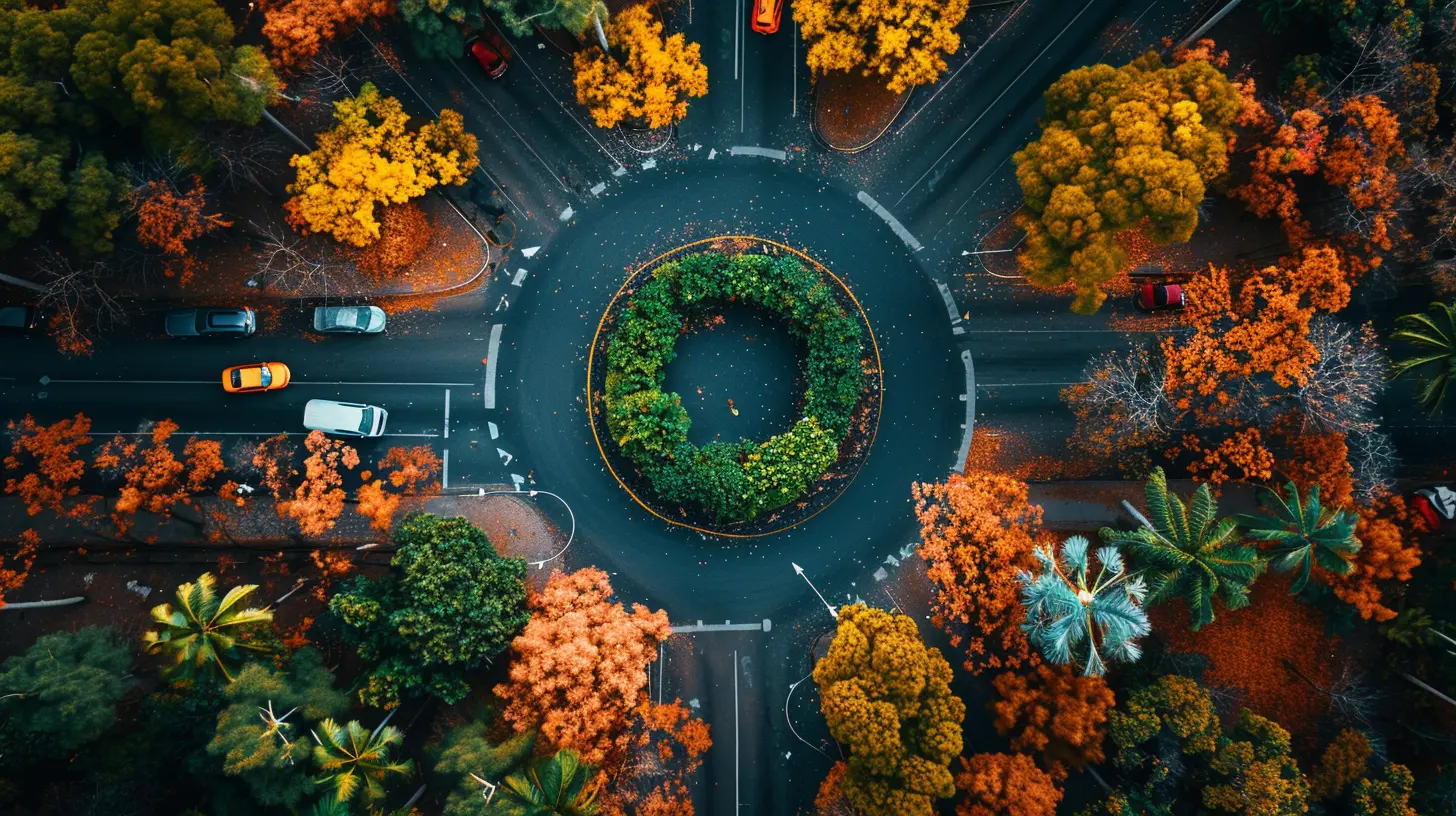
What Is a Circular Economy, Anyway?
Think of a circular economy as the exact opposite of our traditional "throwaway" system. Instead of "use it and lose it," it's more like "use it, reuse it, rebuild it, and repeat." It mimics nature’s own cycle – nothing wasted, everything repurposed.In a circular economy:
- Waste is minimized (sometimes eliminated entirely)
- Products are designed for durability, reuse, and recycling
- Resources are kept in use for as long as possible
In short, it’s all about doing more with less – and doing it smart.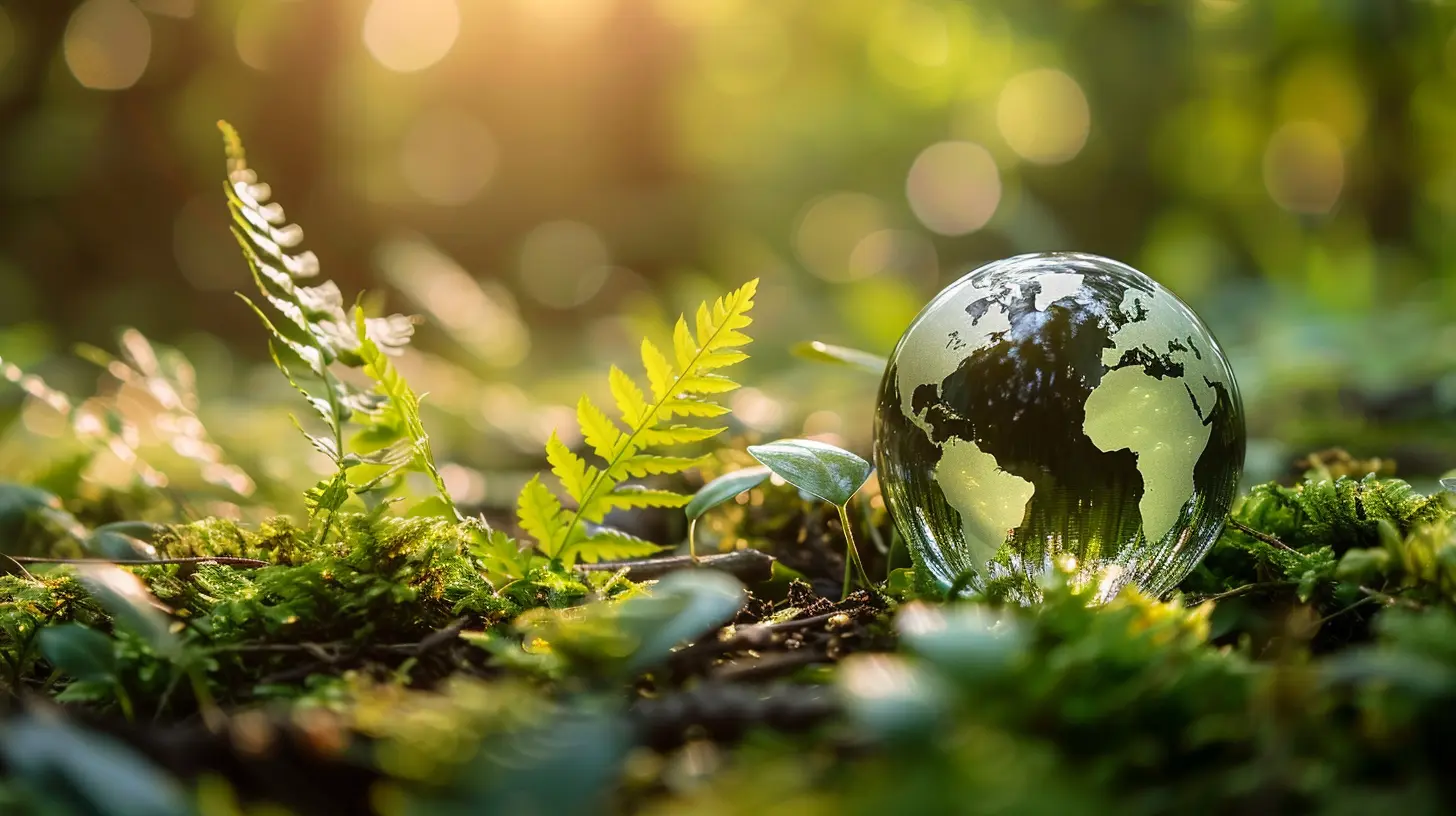
Why The Circular Economy Isn’t Just A Trend
Have you ever felt like sustainability is the new black? Everywhere you look – brands are going green, customers are demanding transparency, and governments are tightening environmental rules. The circular economy takes that trend and gives it substance.This isn’t about slapping a “green” label on your business for marketing clout. It's about:
- Reducing operational costs
- Creating resilient supply chains
- Unlocking new revenue models
- Gaining a competitive edge
Oh, and let’s not forget preserving the planet for future generations. Kind of a big deal, right?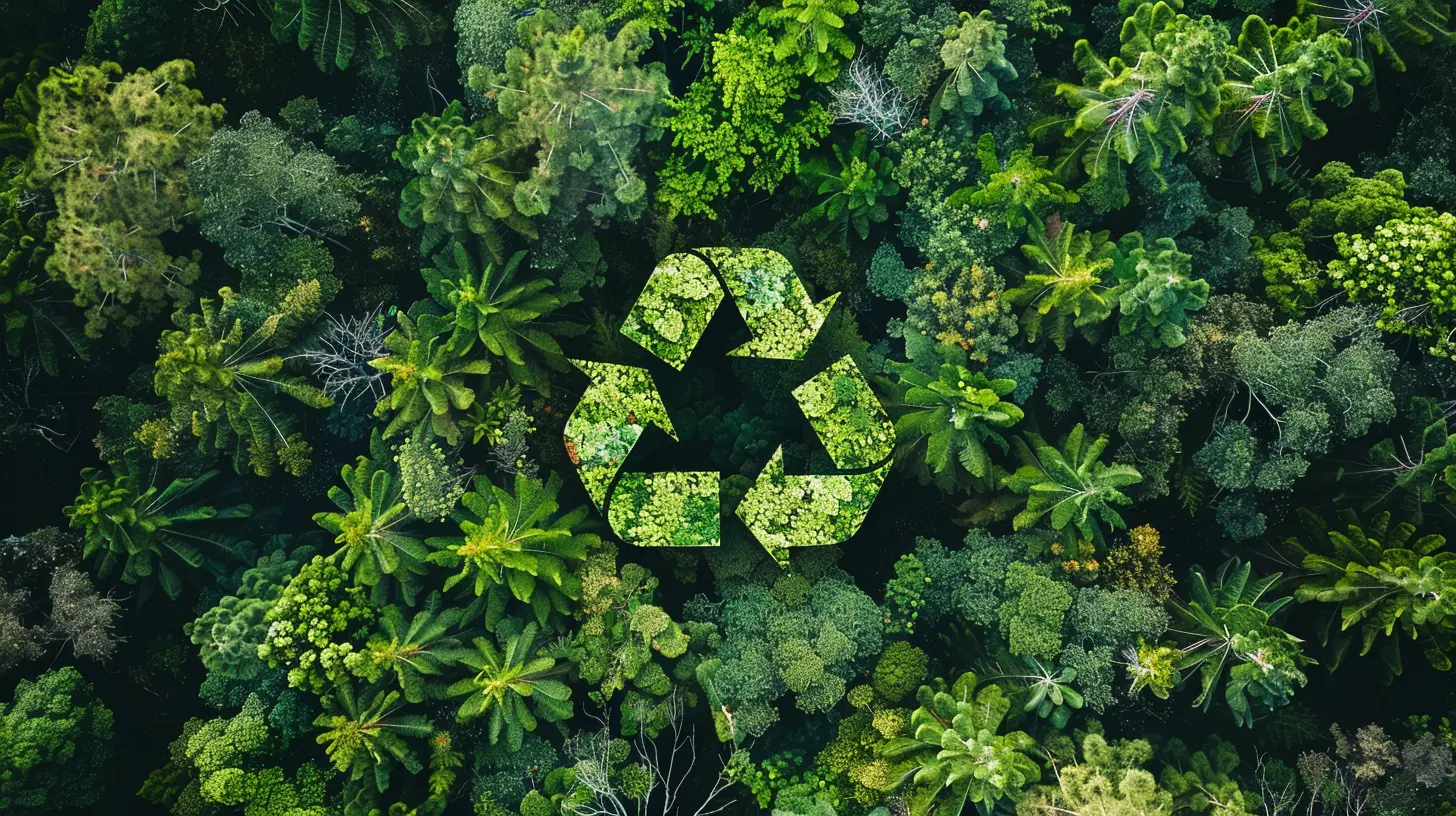
The Linear Economy Isn’t Sustainable (And That’s A Problem)
Let’s face it – the linear economy is broken. It’s like trying to fill a bathtub with the drain wide open.- Resource depletion? We’re burning through raw materials faster than nature can replenish them.
- Waste management? Landfills are overflowing. Oceans are choking on plastic.
- Economic volatility? When supply chains break (looking at you, global pandemics), businesses crumble.
The writing’s on the wall. If your business is still operating linearly, you’re literally building on borrowed time.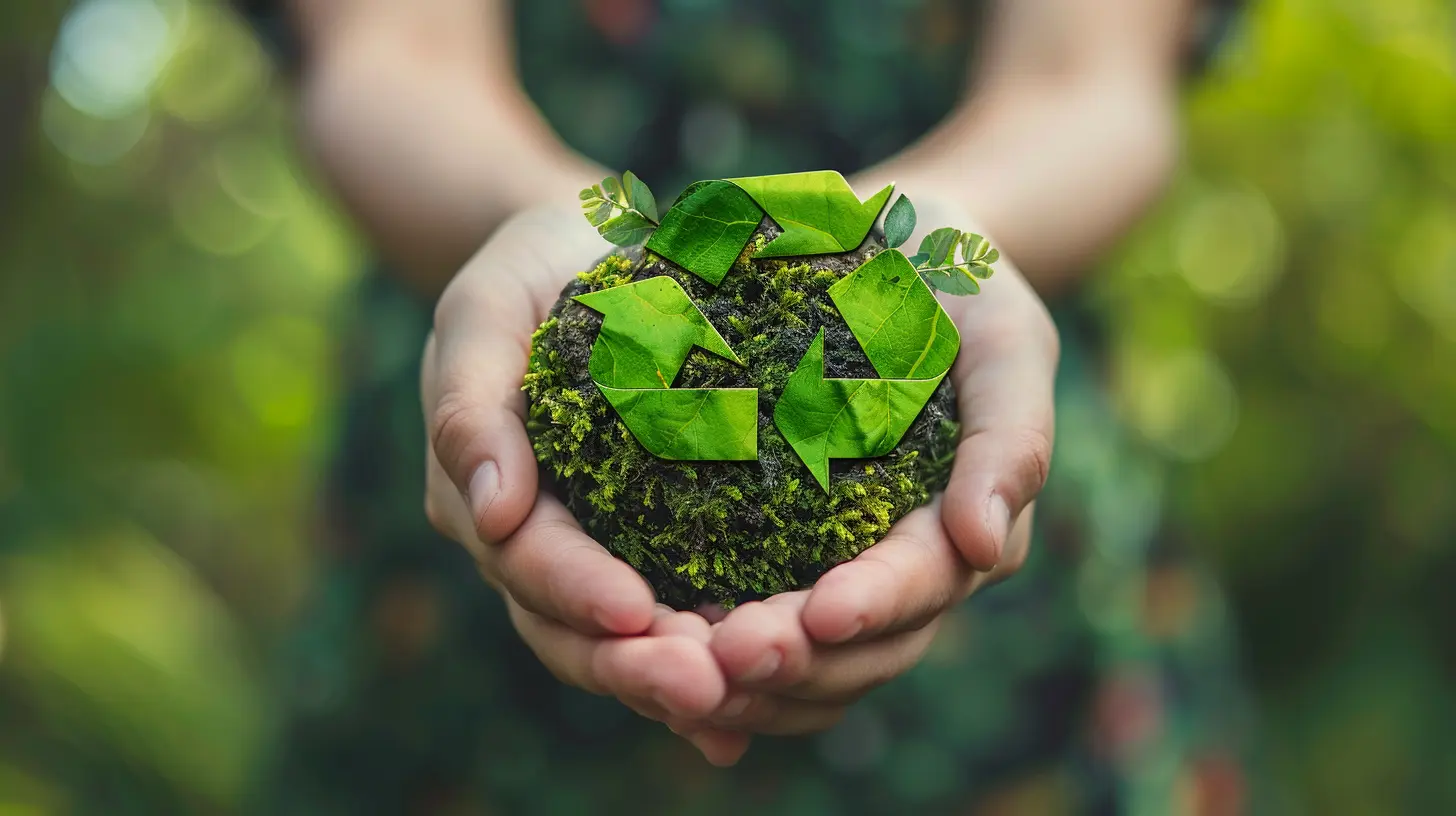
Signs Your Business Could Be Stuck in a Linear Loop
Okay, reality check time. Here are a few signs your business hasn’t made the leap to circular thinking yet:- You rely heavily on virgin raw materials.
- Your products are designed for single use or limited lifespan.
- You don't track the end-of-life phase of your products.
- Recycling or reusing materials isn’t baked into your operations.
- You generate a ton of waste (and spend too much managing it).
If you’re mentally ticking boxes here, don't worry – you're not alone. But you’ve got to start shifting gears. So…
Is Your Business Ready for a Circular Economy?
Let’s break down the key areas to look into and questions to ask yourself. Because readiness isn’t a yes-or-no thing; it’s a spectrum. Here's how to find out where you stand.1. Are You Rethinking Product Design?
Circular economies start at the drawing board. Ask yourself:- Are we designing products that last longer?
- Can our products be easily repaired, upgraded, or disassembled?
- Are we using recyclable or biodegradable materials?
If your product’s end-of-life is landfill by default, it’s time for a design facelift.
🛠 Tip: Consider modular design. It’s like LEGO for grown-ups – easy to upgrade, fix, and recycle.
2. Do You Know Where Your Materials Come From (And Where They Go)?
What you buy and where it ends up matters more than ever.Think about:
- Are you sourcing sustainable materials?
- Do you track your supply chain’s environmental impact?
- Can you recover materials from your products post-use?
Transparent, ethical sourcing isn't just good karma; it builds real brand loyalty.
🌍 Pro Move: Start mapping your material flows like a GPS for your resources. It's eye-opening.
3. Are You Using Waste as a Resource?
Trash isn’t just trash. Often, it’s treasure in disguise.Ask yourself:
- Are we capturing by-products and repurposing them?
- Are we composting organic waste?
- Could someone else use what we throw away?
Food for thought: Even coffee grounds can become biofuel or fertilizer. Imagine what your operations are throwing out that could turn into revenue.
♻️ Hack: Start a waste audit. You’ll be shocked at what you’re sitting on.
4. Have You Explored Alternative Business Models?
The circular economy isn’t just about materials – it’s also about mindset.Let’s talk models:
- Could you shift from selling products to offering services (think “product-as-a-service”)?
- Can you create incentive loops for customers to return used items?
- Could you set up a repair or refurbish program?
Think Netflix – people don’t buy DVDs anymore; they pay for access. That same thinking can apply to everything from tools to textiles.
💡 Example: Patagonia offers product repairs and a secondhand marketplace. Loyal customers? You bet.
5. Are Your Customers and Partners On Board?
You can’t go circular in a vacuum. It takes a village – your partners, your employees, your customers.Ask:
- Do our customers care about sustainability? (Spoiler: they do.)
- Are we educating them about circular options?
- Are our suppliers aligned with our sustainability goals?
Communication is key. Circularity is a long game, and you need your whole team playing.
📞 Idea: Create a “circularity scoreboard” for your business and share updates with stakeholders. Transparency builds trust.
Benefits of Making the Shift (Real Talk)
This isn’t just about saving the planet – though that’s a pretty awesome side effect. There’s cold, hard business sense behind going circular.- Cost savings: Less resource consumption = lower expenses
- Innovation: Rethinking processes opens doors to new products and markets
- Resilience: Circular systems are less dependent on volatile supply chains
- Brand loyalty: Consumers are voting with their wallets for sustainable brands
- Compliance: Regulatory pressure is rising – and circular businesses are ahead of the game
Still think this is just a "nice to have"? Think again.
Common Pitfalls (And How to Avoid Them)
Going circular sounds good on paper, but the road can get bumpy. Keep an eye out for:- Greenwashing: Don't fake it. Transparency > marketing spin.
- Overcomplication: Start small, don’t redesign your entire business overnight.
- Short-term thinking: Payoffs take time – be patient and keep the big picture in mind.
- Lack of training: Bring your team along for the ride. If they don't get it, it won’t stick.
⚙️ Pro Tip: Pilot a circular program in one department before scaling across the business.
Small Steps You Can Start With Today
You don’t need to tear everything down to go circular. (This isn’t Extreme Makeover: Business Edition.) Start where you are, use what you have.Here’s how:
- Conduct a waste audit
- Switch to recycled packaging materials
- Offer repair or trade-in options
- Collaborate with a recycling partner
- Track your resource inputs and outputs
Before you know it, you’ll start spotting circular opportunities everywhere. Like financial feng shui – now that you’re tuned in, the system starts to flow.
Final Thoughts: Circular Is The Future – Are You In?
Let’s pull this full circle (pun 100% intended). The circular economy isn’t a niche. It’s not a luxury. It’s the inevitable next step in smarter, more responsible business.It’s how you future-proof, stand out, and genuinely make an impact. Is your business ready? Maybe not fully – yet. But that readiness starts with awareness, and you’ve taken that first step just by reading this.
Now it’s your move.
all images in this post were generated using AI tools
Category:
SustainabilityAuthor:

Rosa Gilbert
Discussion
rate this article
3 comments
Aurelia Wilkerson
Embracing a circular economy can enhance sustainability and competitiveness, but requires strategic planning and innovation.
June 22, 2025 at 12:29 PM

Rosa Gilbert
Absolutely! Strategic planning and innovation are key to successfully transitioning to a circular economy, enhancing both sustainability and competitive advantage.
Patricia Rosales
Embracing a circular economy is not just about sustainability; it’s a transformative opportunity for innovation and resilience. Businesses must assess their practices and consider the long-term benefits of resource efficiency and waste reduction. By adapting now, we pave the way for a more sustainable and profitable future.
June 12, 2025 at 5:05 AM

Rosa Gilbert
Absolutely! Embracing a circular economy fosters innovation and resilience, ensuring long-term benefits through improved resource efficiency and waste reduction. It’s a crucial step for businesses aiming for sustainability and profitability.
Lincoln Hardy
Adaptability is key for sustainable success.
June 10, 2025 at 2:58 AM

Rosa Gilbert
Absolutely! Embracing adaptability allows businesses to thrive in a circular economy by fostering innovation and resilience.

